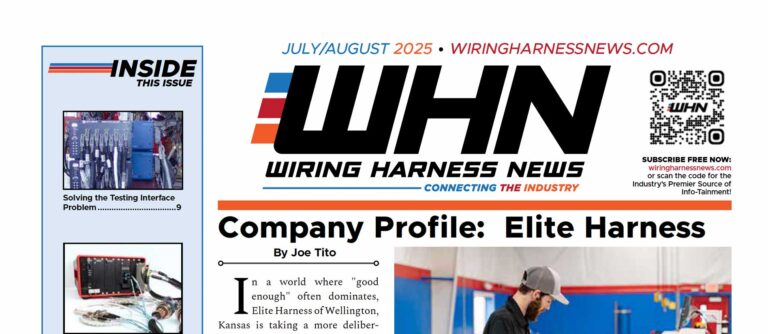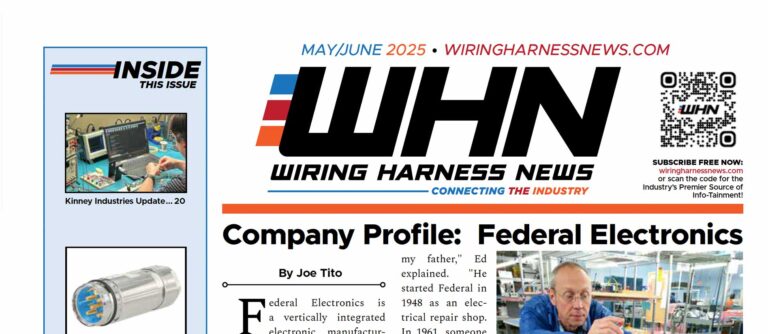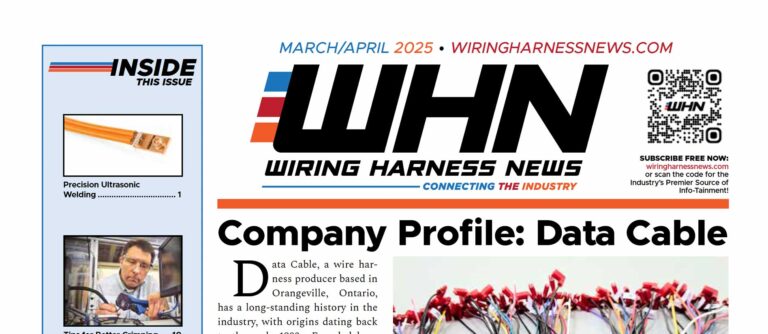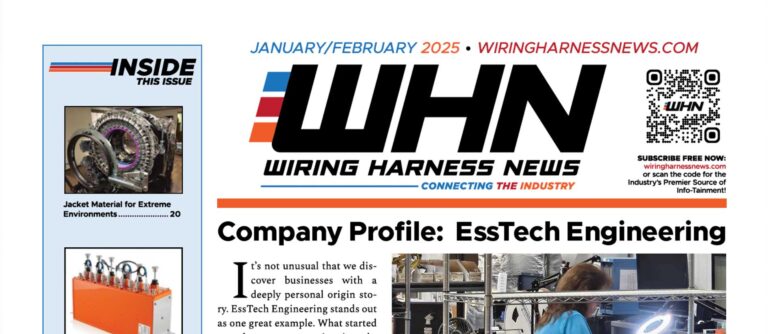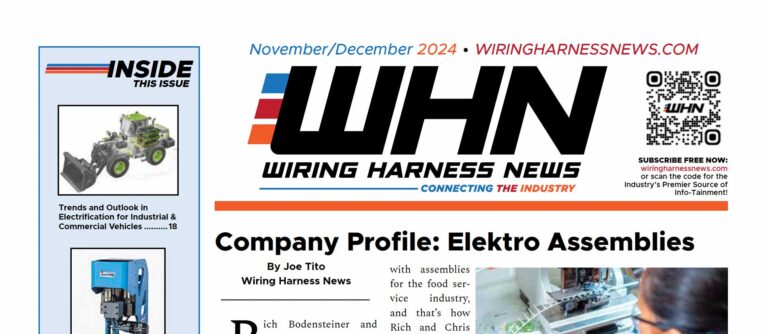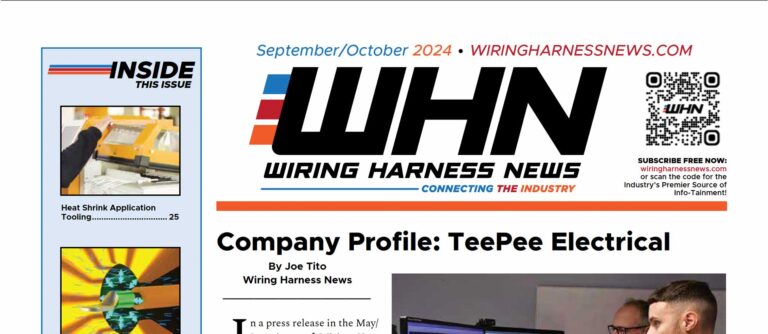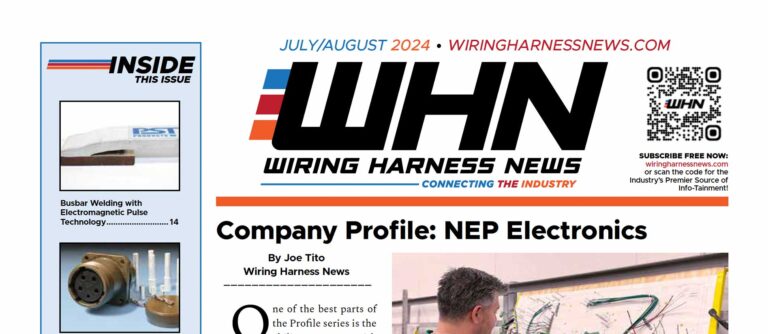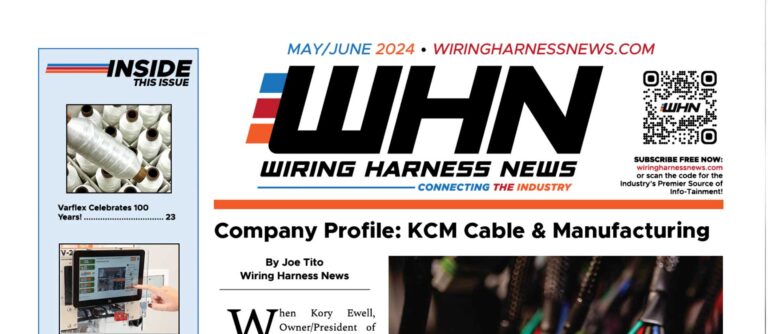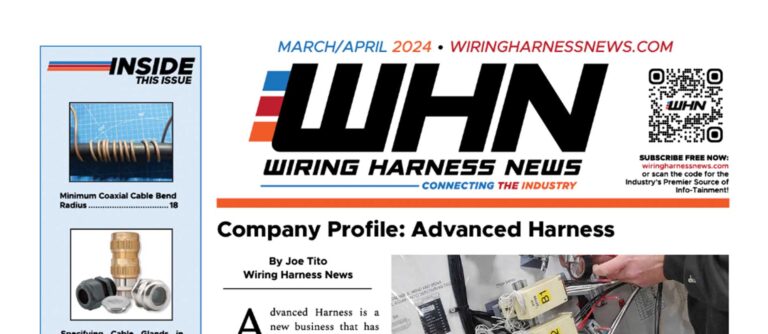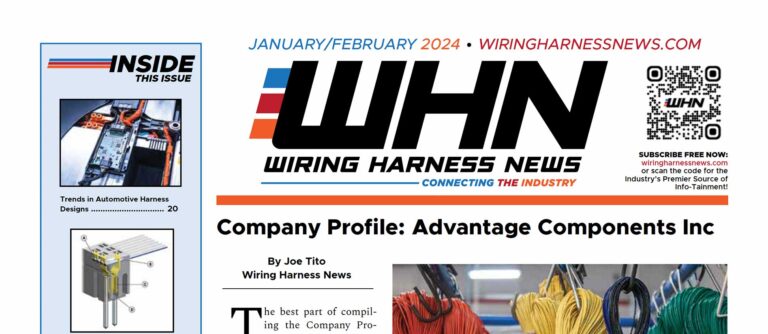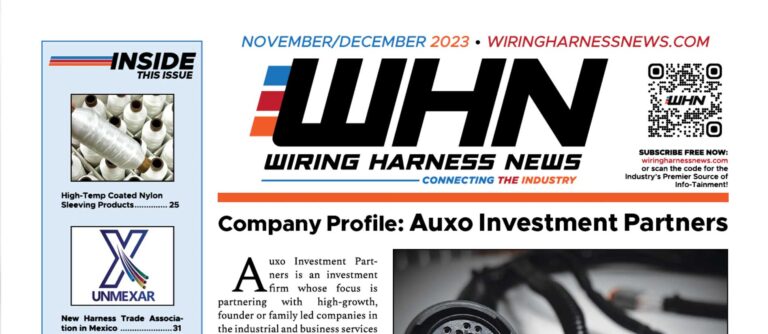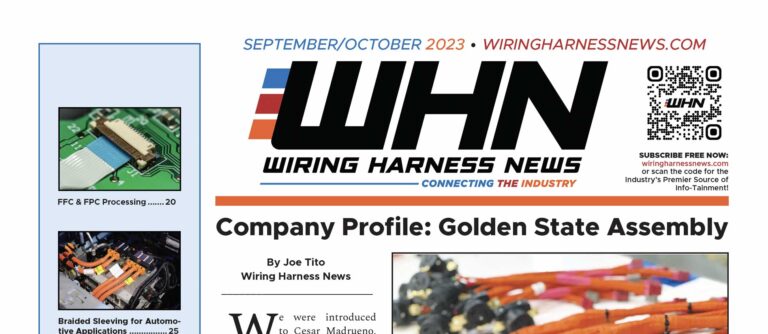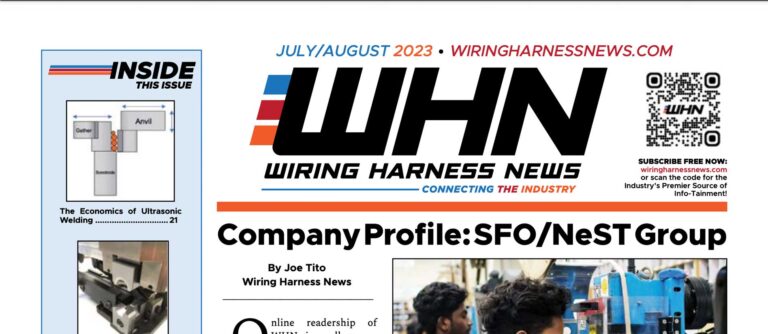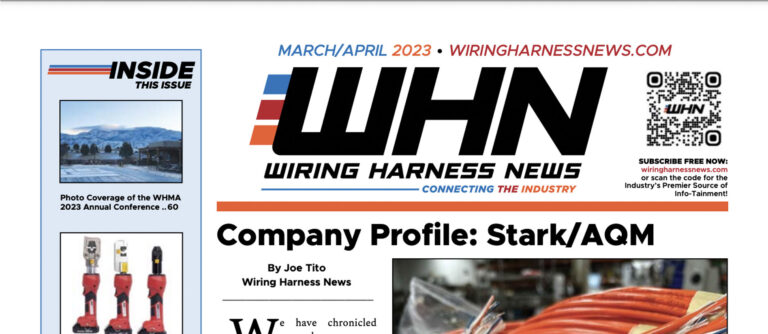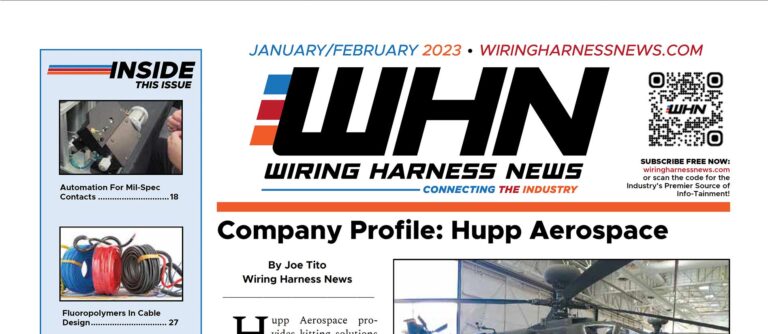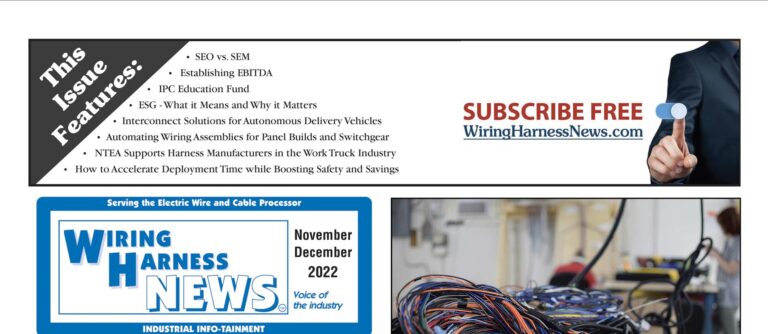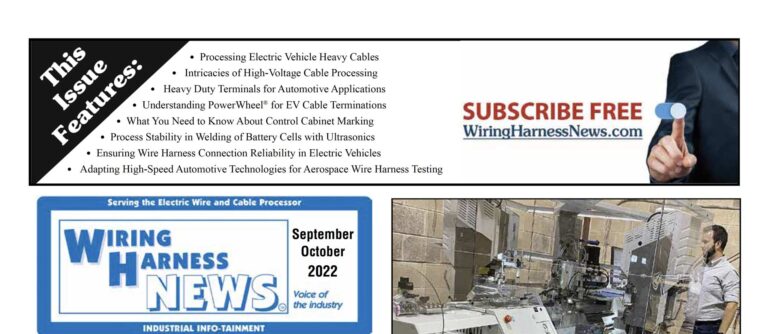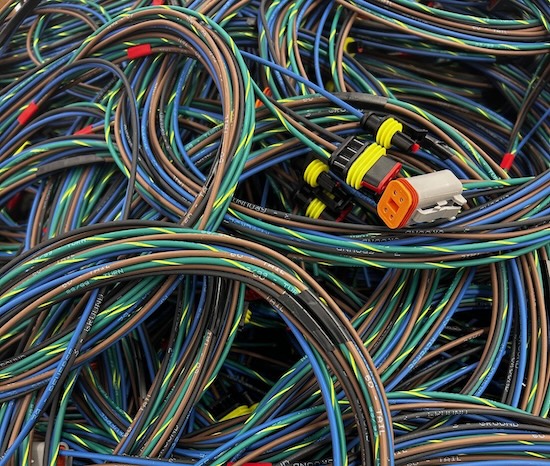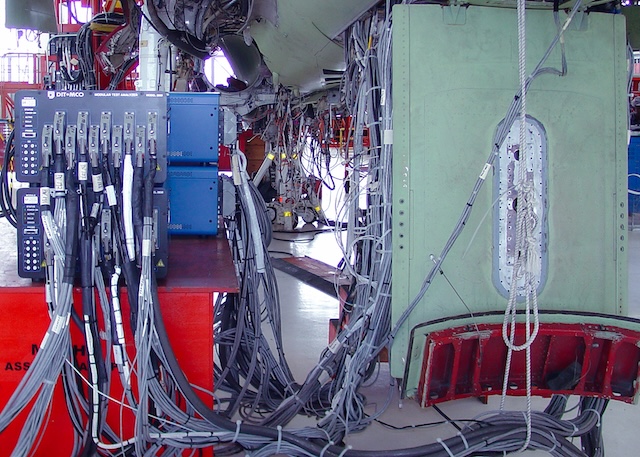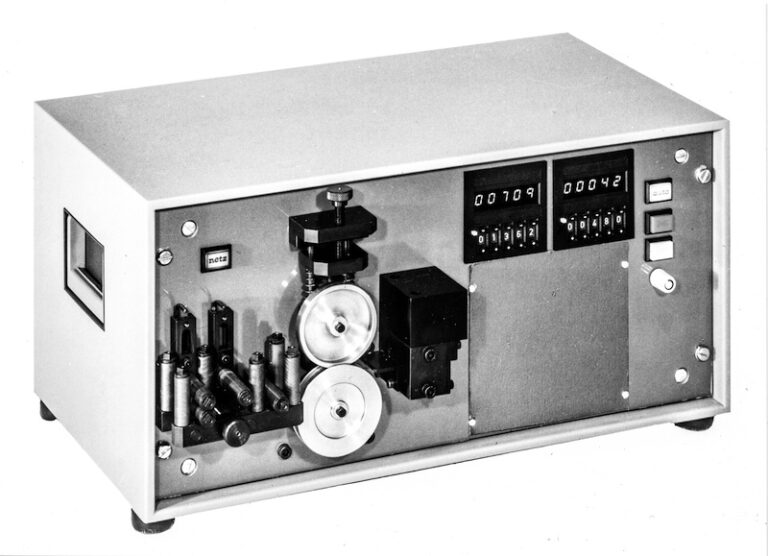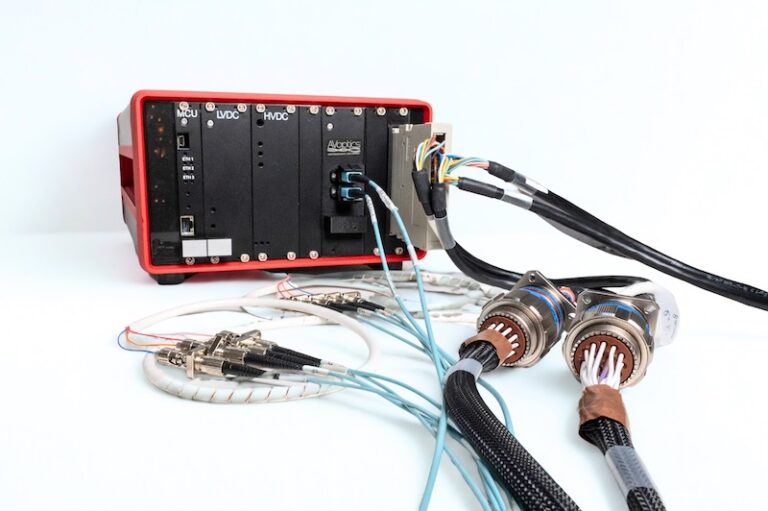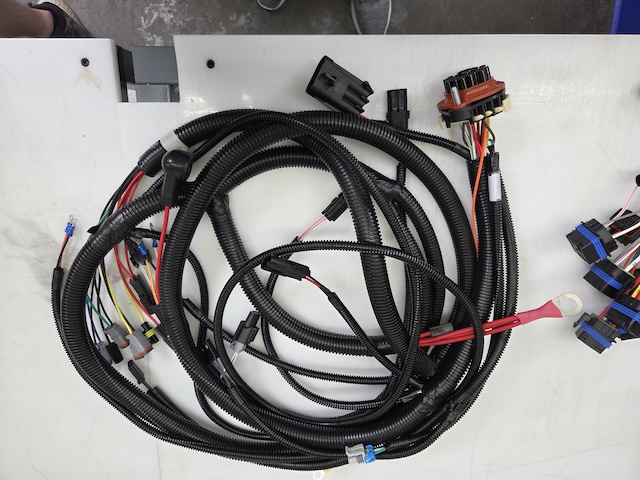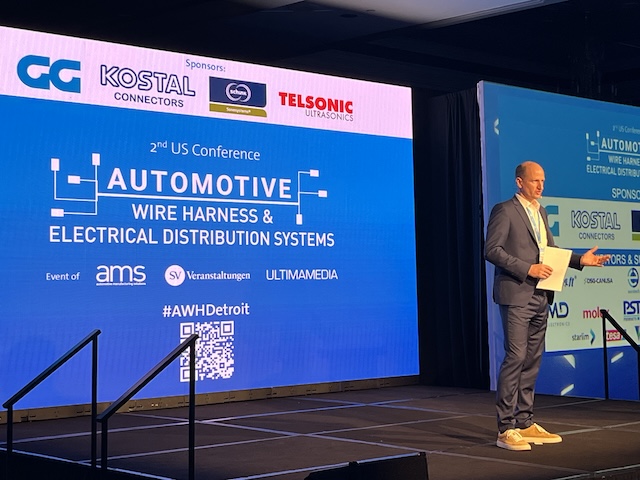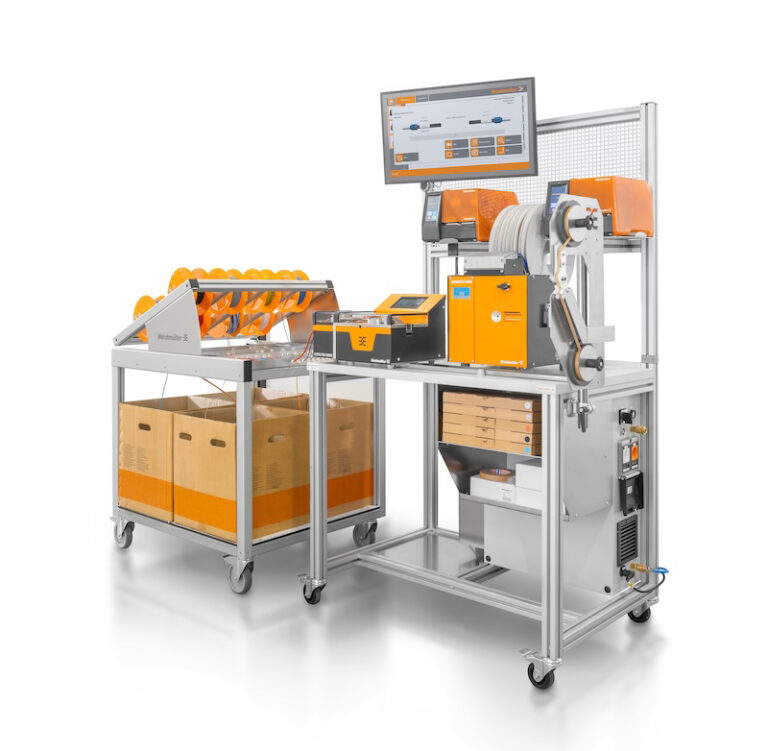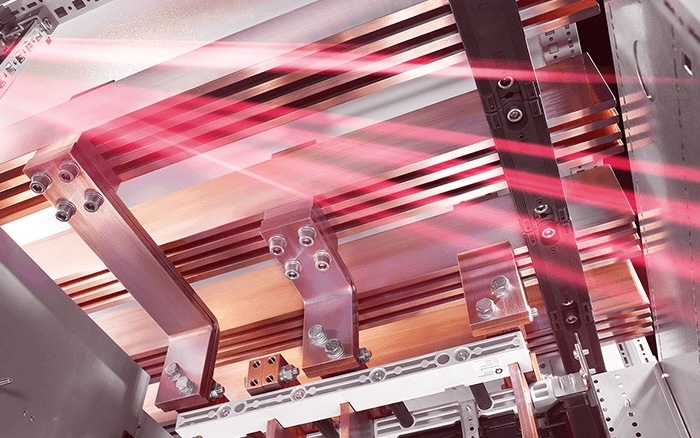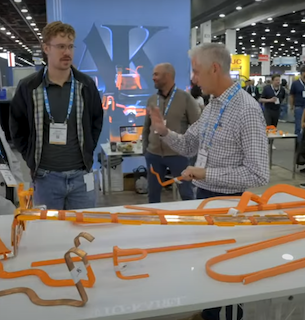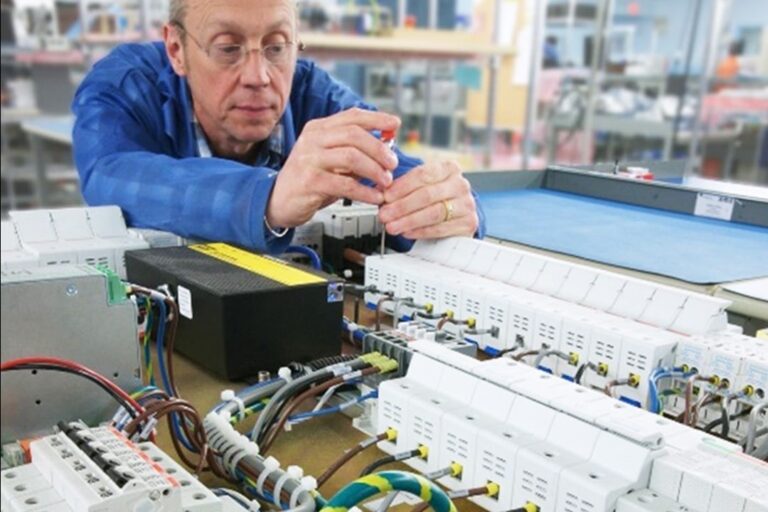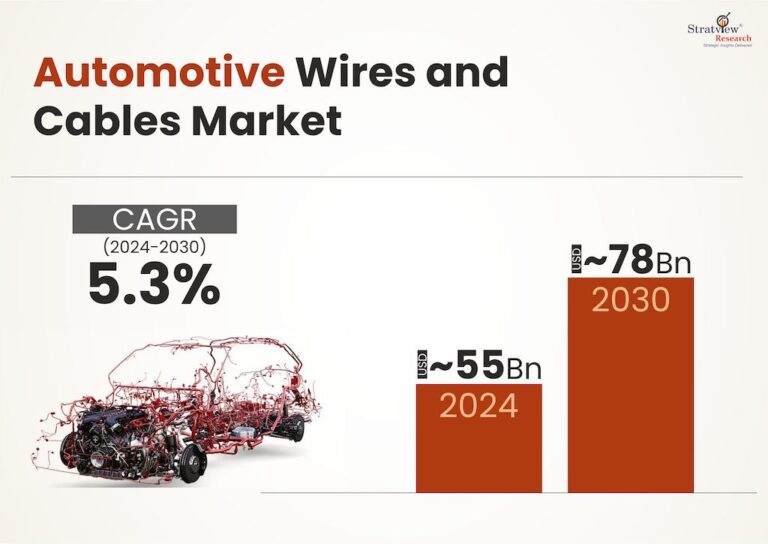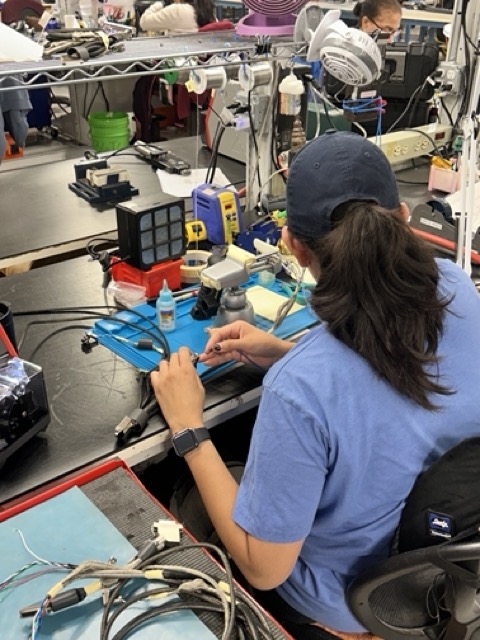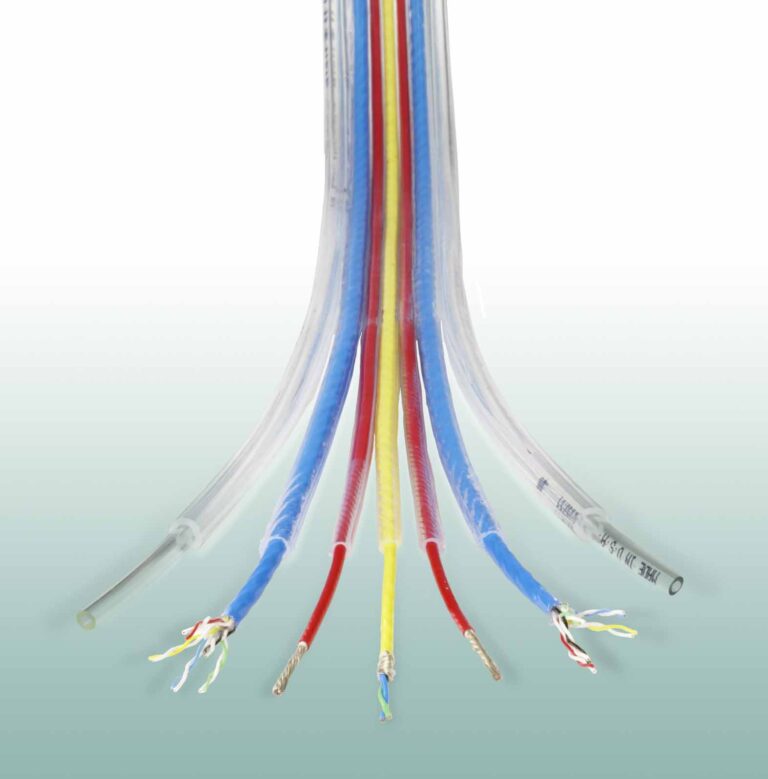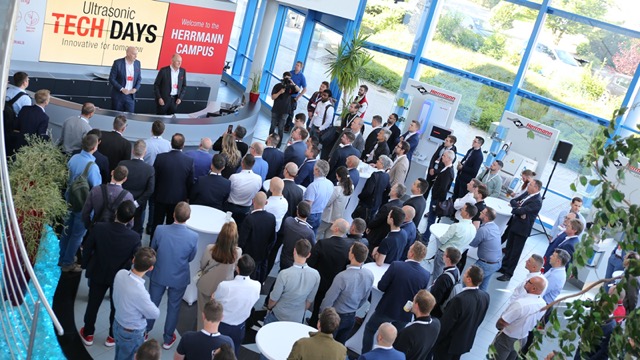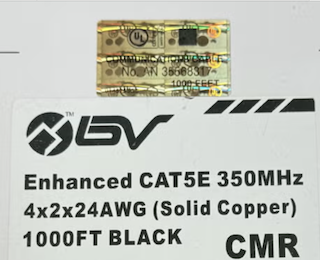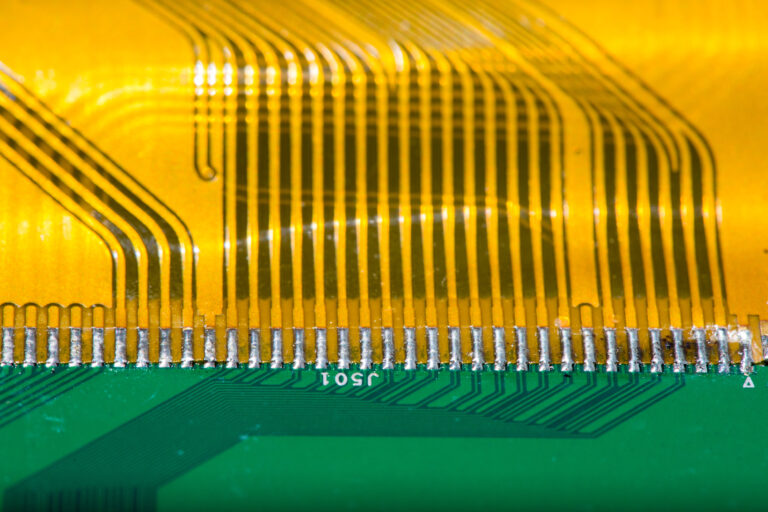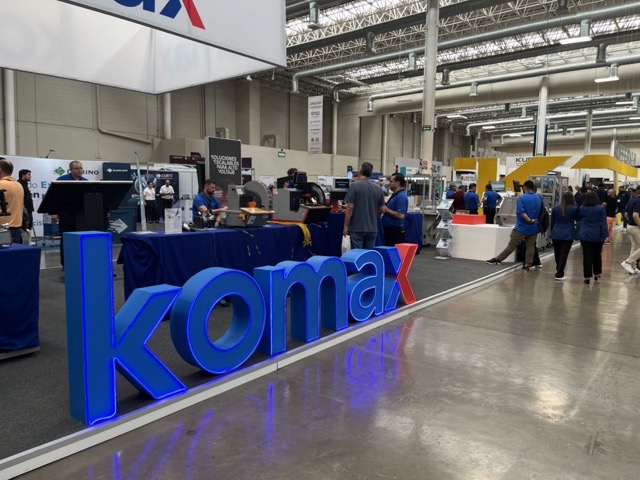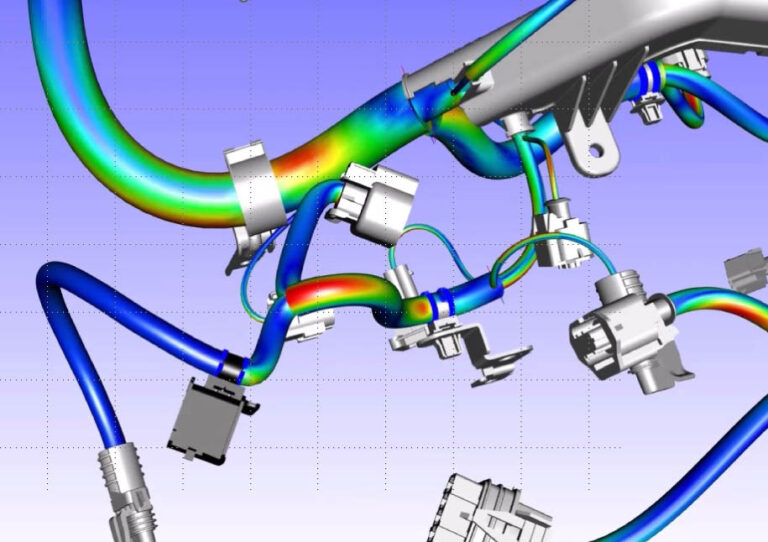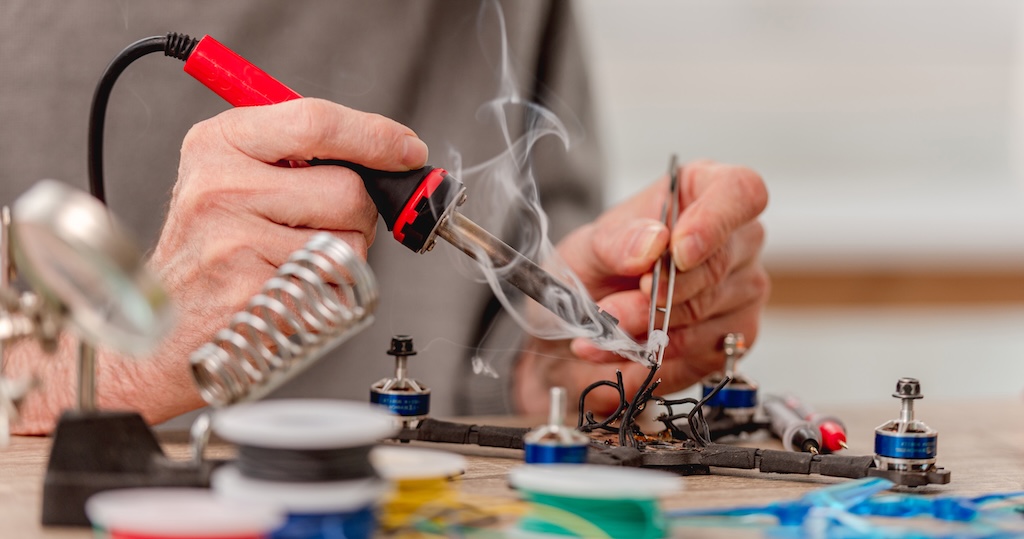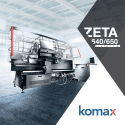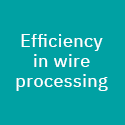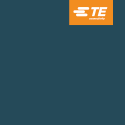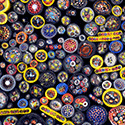Following its recent rebrand as the Global Electronics Association, IPC continues to lead the way in setting international standards for electronics manufacturing. In March 2024, IPC released the latest revision of its flagship soldering standard: IPC-J-STD-001J, Requirements for Soldered Electrical and Electronic Assemblies. This marks a significant update to the standard following the release of Revision H in September 2020. Developed over the course of three and a half years, the new revision represents the collective effort of a global team, with contributions from subject matter experts across 27 countries. The updated standard reflects the ever-evolving needs of the electronics manufacturing industry and incorporates a wide range of input from users, suppliers, and regulators to ensure clarity, consistency, and practical application across a variety of production environments.
Among the most notable changes in IPC-J-STD-001J is the expanded treatment of minimum electrical clearance requirements. These requirements have been thoroughly reviewed, consolidated, and placed into Section 1.0 (General), removing scattered and sometimes inconsistent references that appeared throughout previous versions of the document. This centralization is aimed at streamlining the application of the standard, making it easier for users to locate and interpret critical information. As part of this revision, the appendix previously dedicated to electrical conductor spacing was removed entirely, though some statements related to minimum clearance remain in place where additional emphasis was deemed necessary.
Beyond structural changes, the document received an extensive editorial overhaul to improve clarity and readability. Key terminology used throughout the standard—such as “mounting,” “installation,” “wire,” “lead,” and “conductor”—was carefully reviewed and updated for consistency with definitions introduced in Section 1.0. These updates help eliminate confusion in interpretation, ensuring that manufacturers, trainers, and inspectors are aligned in their understanding of the requirements. Two new definitions— “bubble” and “bridging bubble”—have also been added to enhance the descriptive language of solder quality and potential defects.
Additional technical updates reflect the ongoing evolution of manufacturing technologies and materials. For example, the allowable level of nickel (Ni) contamination in solder baths has been increased based on new data and testing results presented to the task group. In response to real-world assembly practices, new termination requirements for jumper wires have been introduced, and criteria for flat leaded surface mount connectors have been added to address growing usage in advanced applications. Furthermore, the document now features a centralized section covering center and lateral terminations, improving accessibility and organization of termination guidance for assembly operators and inspectors.
These changes are not merely editorial—they are the result of direct feedback from the electronics manufacturing community and are intended to make IPC-J-STD-001 more intuitive, consistent, and applicable in a fast-changing industry. The revision reinforces IPC’s commitment to maintaining standards that support high-reliability production across sectors including aerospace, automotive, defense, and medical electronics.
To assist with the transition, Global electronics Association has made a redline version of IPC-J-STD-001J available, which clearly highlights all modifications from Rev H to Rev J. This tool is invaluable for quality and training personnel working to align their documentation and processes with the latest requirements. As manufacturers face increasing complexity and global integration, standards like IPC-J-STD-001J continue to serve as the cornerstone of quality, ensuring reliable and consistent results across international supply chains.
Interested in accessing the latest standard? Click here to visit Global Electronics Association online store for purchase information.

